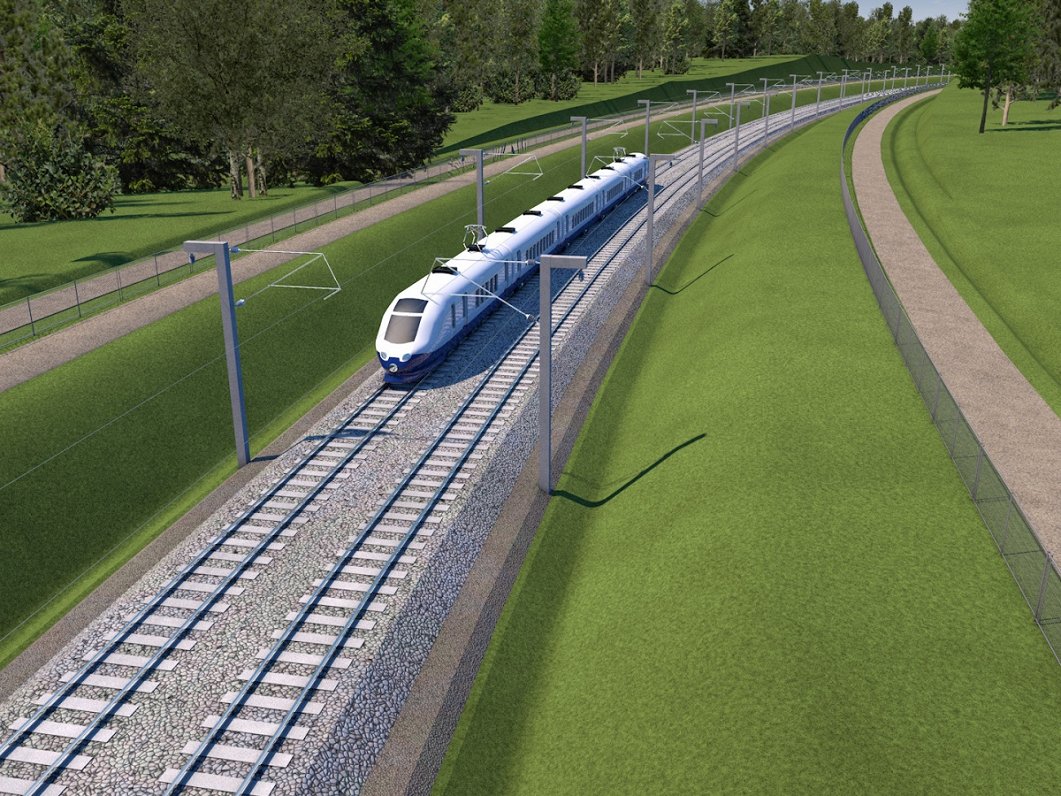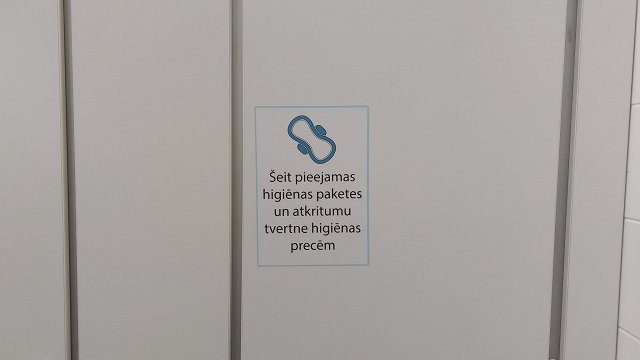Ministry of Economic Affairs and Communications of Estonia, Ministry of Transportation of Latvia and Ministry of Transportation and Communications of Lithuania have approved the design guidelines which will be mandatory for design, construction and operations of the Rail Baltica infrastructure.
A Design Guidelines manual has been prepared by the French company SYSTRA S.A., a consulting and engineering group which previously in an open competition won the tender to come up with unified design guidelines for the Rail Baltica Global Project.
The Design Guidelines manual determines the key requirements and standards for the Rail Baltica railway alignment, track, embankments and earthworks, hydraulic, drainage and culverts, bridges, overpasses, tunnels and similar structures, energy, control-command signalling system, telecommunications system, supervisory control and data acquisition (SCADA), infrastructure facilities (stations, passing loops, crossovers), station and passenger platforms, environmental requirements, adaptation to climate change, BIM requirements, architectural and landscaping (visual design) requirements, reliability, availability and maintainability and safety (RAMS) requirements.
“The approval of the Design Guidelines for Rail Baltica project was one of the essential milestones for the project implementation and for fulfilling the commitments undertaken under the Grant Agreement signed with INEA. The Design Guidelines Manual is important instrument to use in the design process of the Rail Baltica infrastructure which has just started. We are satisfied that for cost effective, modern and safe design and construction of the Rail Baltica infrastructure our contractor SYSTRA provided the railway’s long-term vision and integrated the best EU practice," said Baiba Rubesa, CEO and Chairperson of the Management Board at RB Rail, which is in charge of the project.
RB Rail is the central coordinator for the 6 billion euro Rail Baltica project. Its main business is the design, construction and marketing of the railway. The project involves the construction of a high-speed rail line infrastructure from Tallinn to the Lithuanian/Polish border.
In comparison with what was planned earlier, it was agreed to increase the maximum design speed for passenger trains up to 249 km/h (the maximum operational speed is 234 km/h and the maximum speed for freight trains is 120 km/h), to determine an axle load of 25 tonnes and a maximum freight train length of 1050 meters.





























